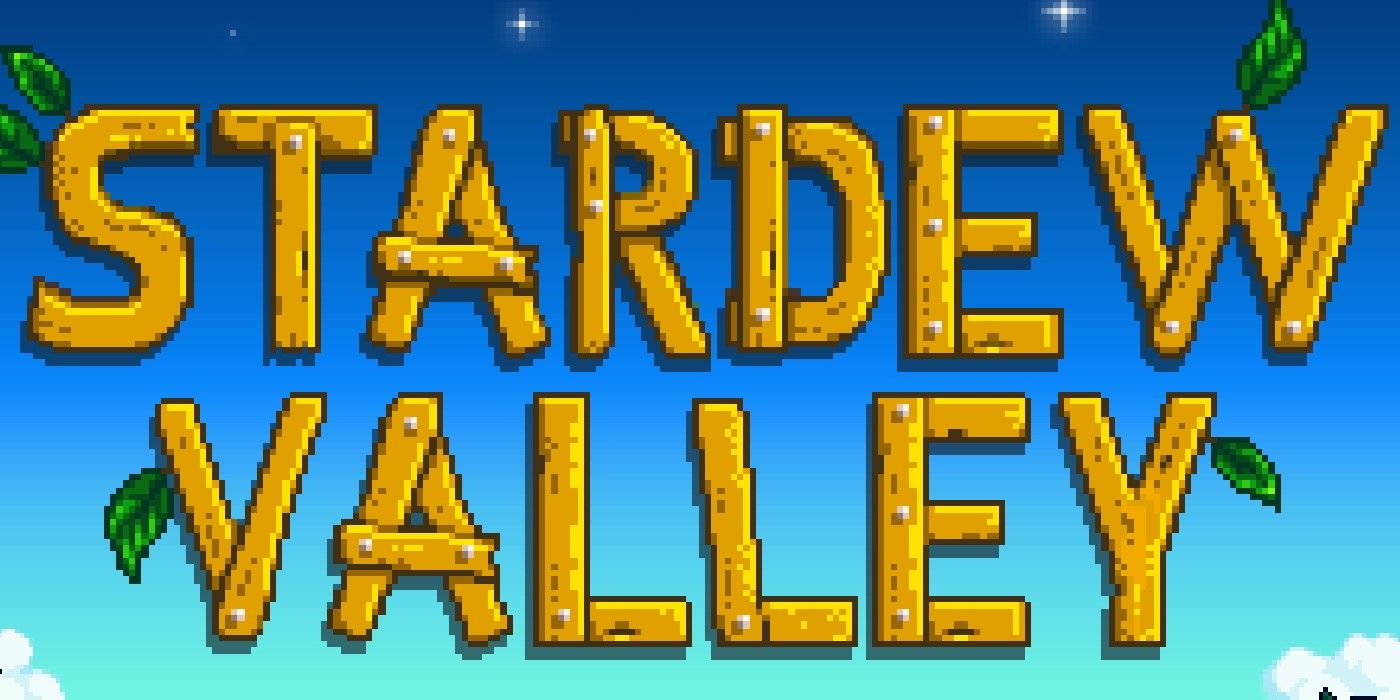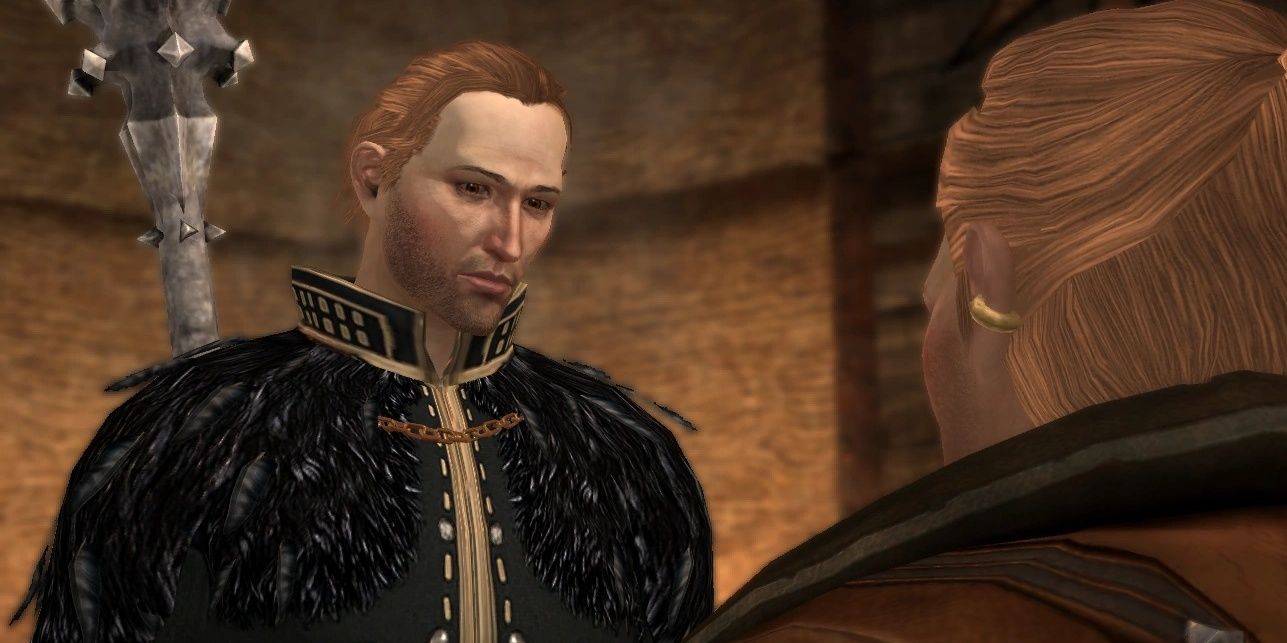
In RPGs with romance options, there are a few different ways sexual orientations are handled, yet it is often assumed that the player and all of the characters are heterosexual. Some games might include specific characters as the "gay option." In recent years, however, the trend of "playersexual" romance options has become more common. "Playersexual" means that regardless of the player character's gender, all romance options are viable.
Playersexual romance options allow players to pursue romance with any video game character they want, without having to change the type of character they'd normally play. This gives LGBT gamers a lot more options, but the playersexual mechanic has also led to some debate. Does it count as LGBT representation if it's optional and not part of the explicit text?
RELATED: Mass Effect 3: Every Romance Option, Ranked

In terms of gaming mechanics, playersexuality is perhaps the most efficient option. Players can pick whoever they want without sacrificing their own preferences or changing the characters' narrative. Romances in games like Stardew Valley lean towards this type of mechanic, and it does work best in life sim games. When players want a casual, fulfilling gaming experience where they're primarily inserting themselves, it makes sense for romance to be open to everyone. After so many years of heterosexual-only options, the progressive nature of playersexual options shouldn't be underestimated.
It means a lot for gay players to see themselves in their player characters. When games are meant as escapism, it's comforting to go to a world where there's no fear of rejection or prejudice. Gamers can create their own ideal experience. However, this approach doesn't necessarily work in every game.

In games where narrative is heavier, playersexuality starts to make less sense. When characters begin to be more fleshed out and there are more stakes in a narrative, it can ruin the immersion when they'll fall for any flirtation that comes their way. Real people have their own feelings, wants, and preferences, so ensuring a game is still fun and open while still making it a real story is a difficult balance to keep.
BioWare's romance options have used both approaches. In Dragon Age: Inquisition, for example, the romanceable NPCs have their own set sexualities. Sera will only be an option for female players, and Dorian will only be an option for male players. In the case of Dorian, being gay adds significant meaning to his backstory. The characters having their own preferences allows for more immersion and gives more depth to the characters. Dorian is not just a character that could be gay, but explicitly a gay man in the text. For a video game character to count as representation, their sexuality should exist regardless of the player's actions.
In Dragon Age 2, where nearly everyone is romanceable regardless of gender, their characters begin to feel less consistent. Players who romance Anders as a man will learn that Anders and Karl were lovers, while players who romance Anders as a woman will never hear it mentioned. This makes Anders "conditionally LGBT" in a way; unless players are romancing him as a man, his attraction to men is completely ignored.
This disparity is indicative of a major problem in playersexual romance: it makes LGBT representation optional. Players who don't want any gay relationships in their game at all can simply ignore them. If there are no other gay characters or relationships shown outside of the player's romantic pursuits, then there is no real representation. While everyone in the game might be technically bisexual due to gameplay, it's rare that this is ever talked about in the text.
Playersexual romances in games are not bad by any means, and their inclusion is actually quite meaningful. In order for LGBT gamers to feel more represented in stories, however, more will need to be said out loud in these stories. Simply including other gay characters outside of romance options is a good option. LGBT people are everywhere, so it's time for games to reflect that more often.

